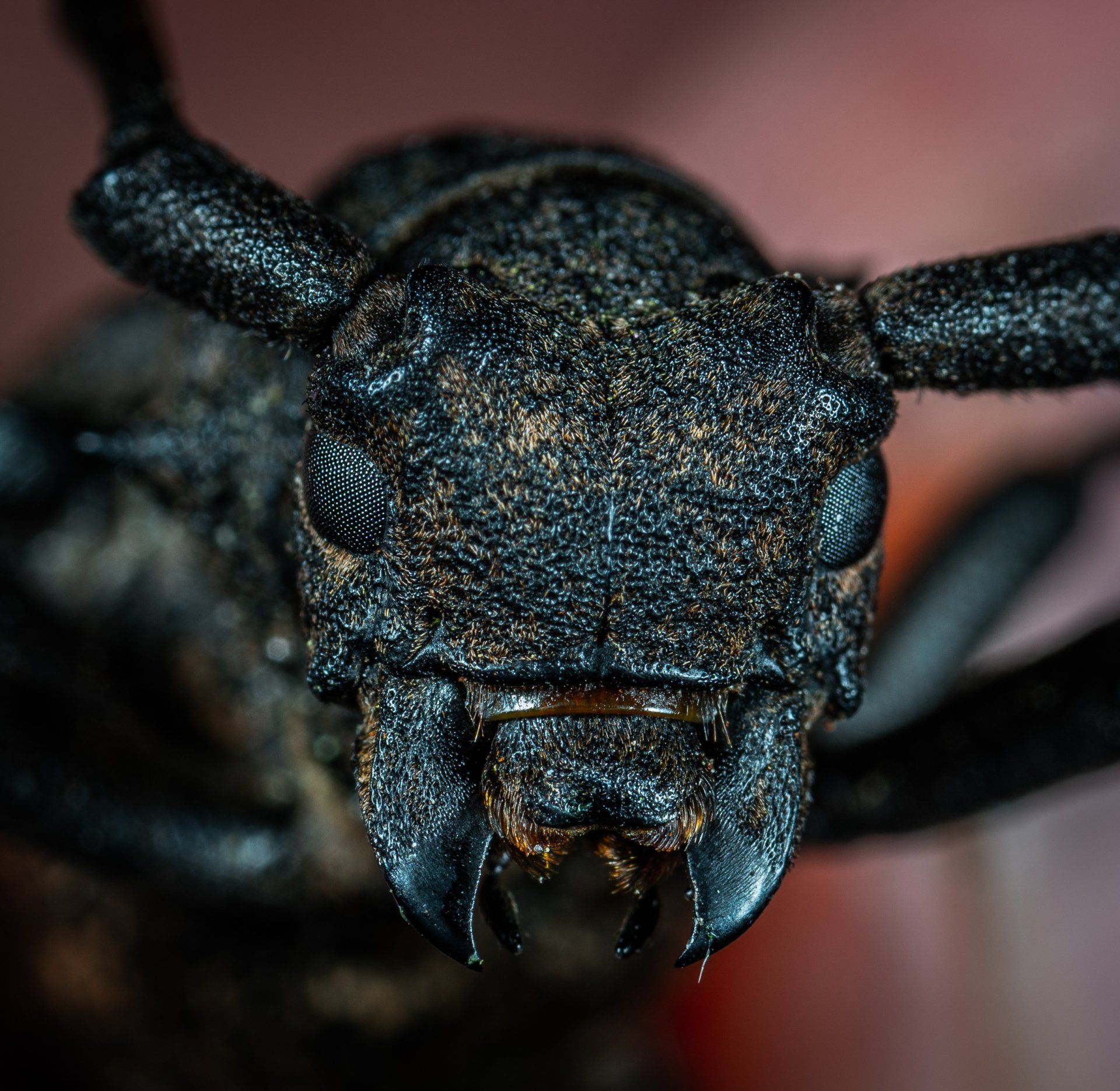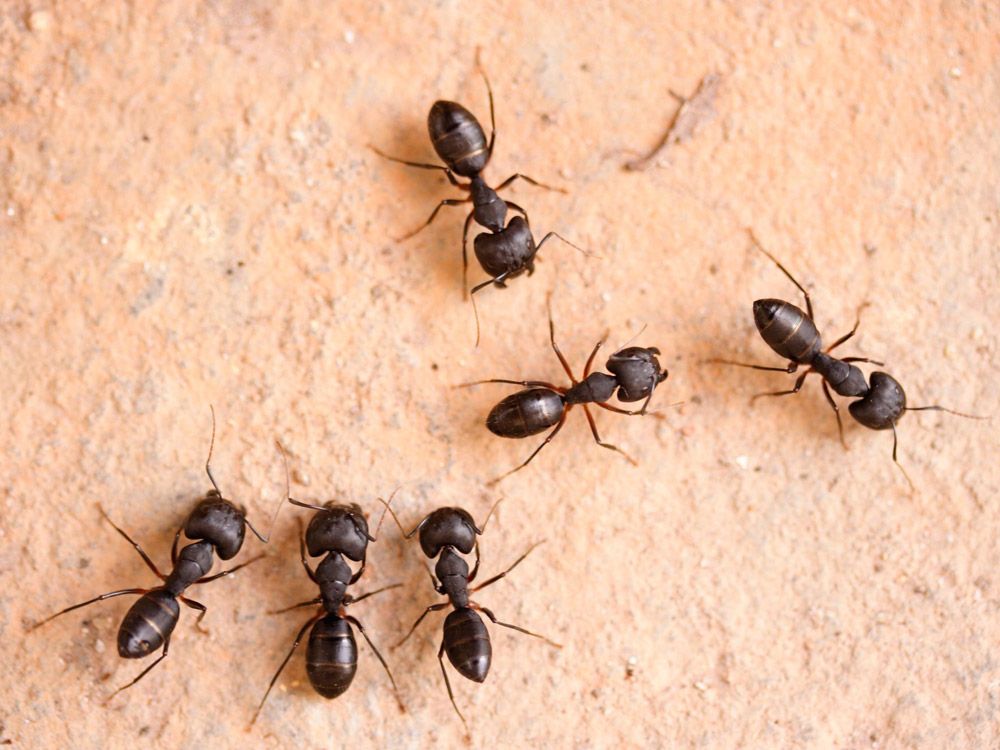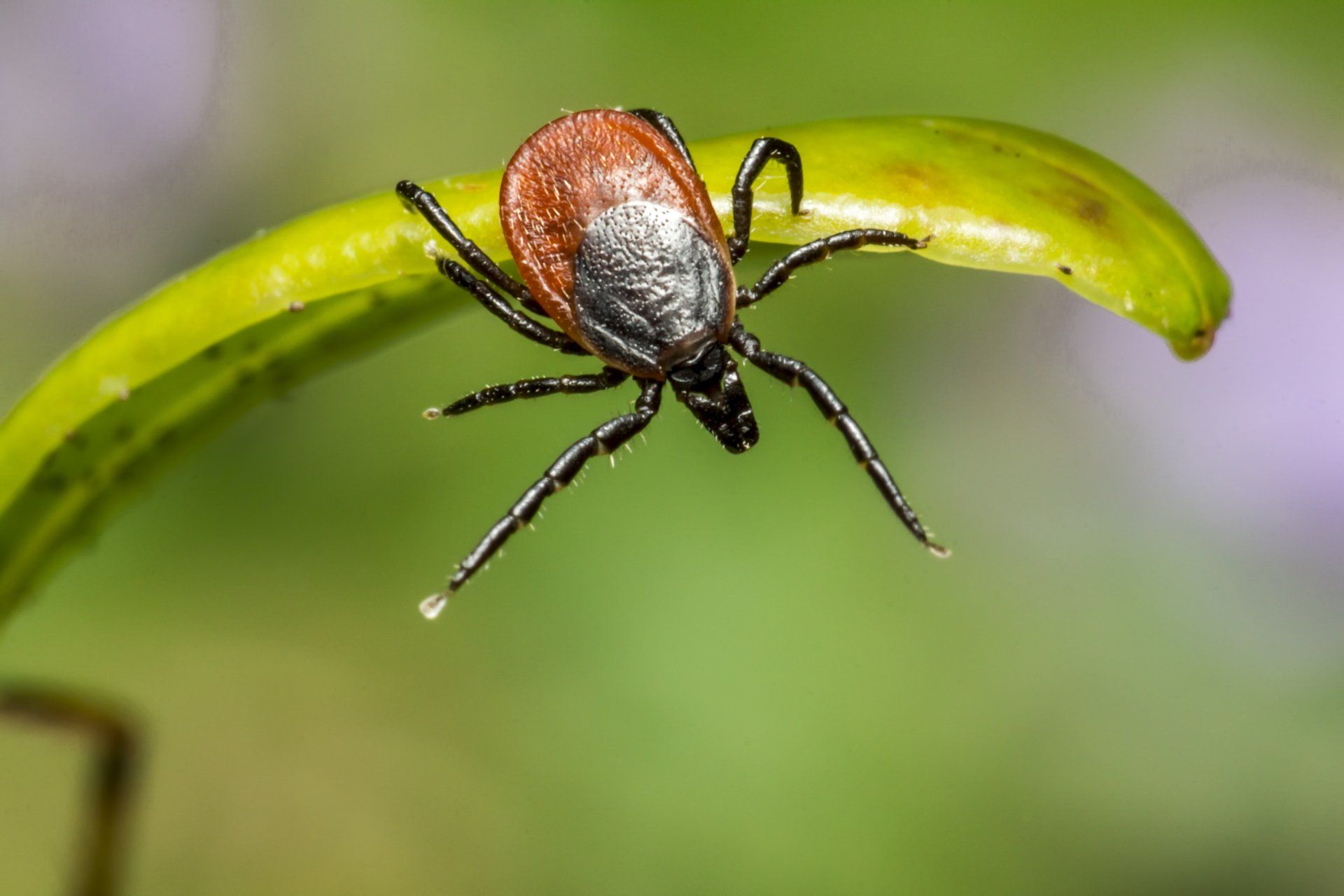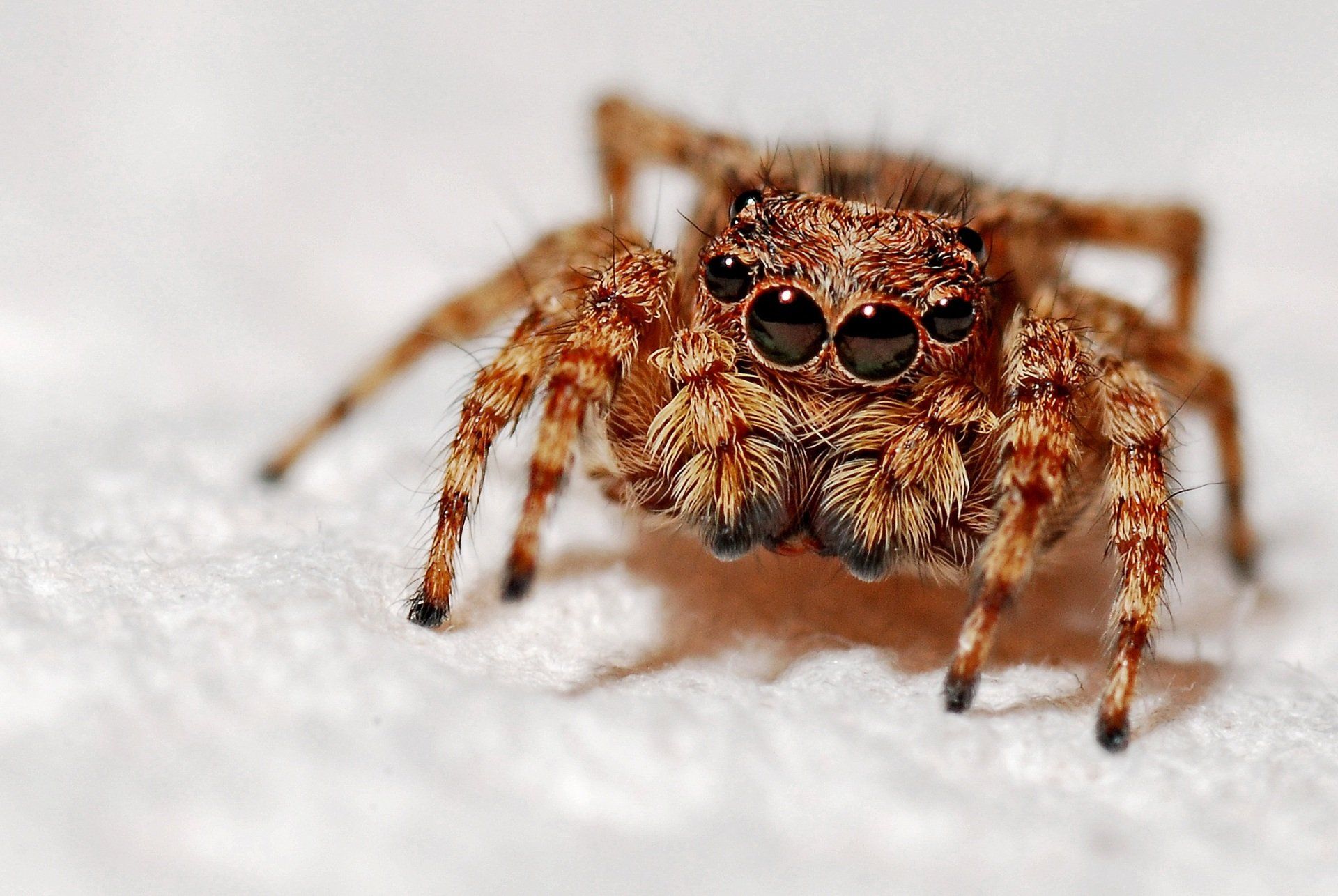Checking for Ticks: How to Check Kids, Dogs, and Cats
It’s tick season — know how to protect your family.
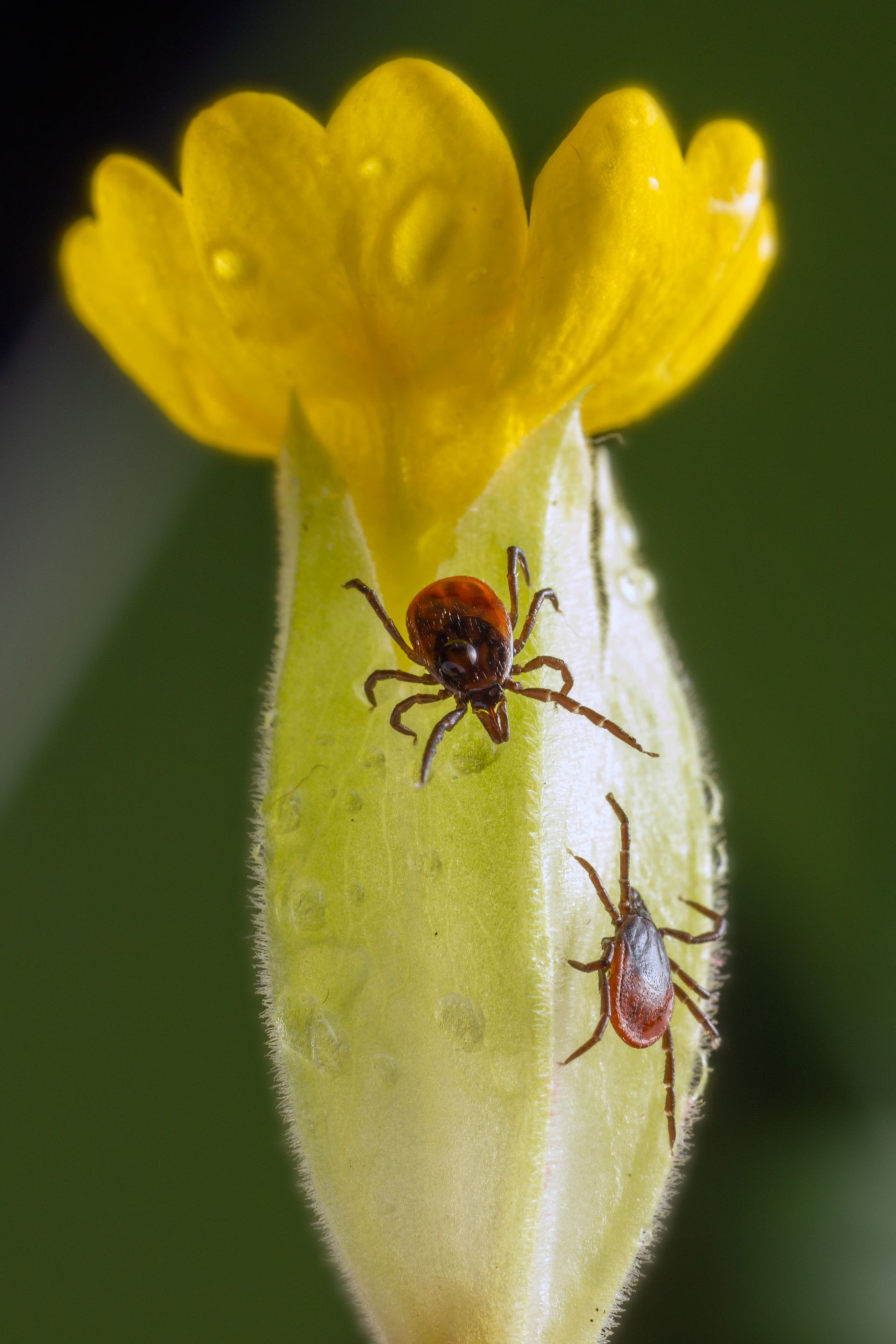
Ticks can carry Lyme Disease, babesiosis, anaplasmosis, ehrlichiosis, Powassan Virus Disease, Rocky Mountain Spotted Fever (RMSF), borrelia bacteria, and more. When you’re outside, you need to thoroughly check children and pets for ticks, working to prevent them from catching a tick-borne illness.
Lyme Disease can lead to severe headaches, rashes arthritis, neck stiffness, and worse. This is why you need to know how to look for ticks, especially deer ticks. These ticks mainly carry Borrelia bacteria, which leads to Lyme Disease.
Even if you have indoor pets, checking for ticks is imperative. Here’s what to look for and how you can remove ticks if you find them.
Checking for Ticks on Kids
Take your child’s clothes and place them in the bathtub, trapping the ticks.
Begin by checking your child’s hair. Look for lumps or bumps. Use a fine tooth comb and ensure there aren’t any ticks stuck to your child’s hair or scalp.
Check your child’s entire body for ticks. Look for dark spots that may be ticks on their skin.
Once you’ve thoroughly checked your child, inspect their clothing inside and out. Shake it out over the tub (or outside) and look twice for ticks. Next, throw the clothes immediately into the washing machine — not the hamper.
Have your child take a shower to ensure ticks are washed away.
If you find a tick on your child or notice a bite, immediately call their pediatrician. To
remove a tick, always use fine-tip tweezers that have been sterilized.
Grasp the tick as close to your child’s skin as possible without pinching their skin. Apply steady, even pressure, and slowly pull upward.
Be careful no part of the tick is still inside your child’s skin. If you notice the tick’s head or other part missing, it may still be in your child’s skin, so let their pediatrician know immediately.
Once the tick is removed, clean the area thoroughly with soap and water and rubbing alcohol, along with your hands. Remember to never crush a tick with your fingers.
You can take
the tick to your child’s pediatrician and ask them to check it for Lyme Disease.
Checking for Ticks on Dogs
Have your dog lie down. If possible, ask someone to help you check your dog for ticks.
If your dog has a long coat of fur, you’ll need to run a comb over its whole body. Always comb against the grain of your pet’s fur while running your hands behind it.
Look and feel for bumps or lumps that may be ticks. Pay extra close attention to under your pet’s legs and to their ears.
Should you see or feel a bump, look closely to determine if it’s a tick. If it is, use tweezers to remove the tick, grasping it as close to your pet’s skin as possible. Be careful not to pinch your pet’s skin, however.
Pull the tick straight out, using a slow, steady motion. Don’t abruptly pull it out, as you run the risk of leaving behind a part of the tick. This can lead to infection.
You should also check for ticks on cats, even if they’re indoor cats. Follow these same steps.
Your dog can bring ticks inside and transfer them to your cat. Ticks can also travel indoors on clothing or come in through cracks in your doors and screens. This is why you need to seal off all entryways, look for holes in screens, and invest in weather stripping.
What Do Ticks Look Like?
You need to know what ticks look like and how to spot them on a person or animal. Tick larvae can be the size of a grain of sand.
Nymphs are about the same size as a sesame or poppy seed. Adult ticks range in size from apple seeds to pencil erasers. Ticks are wingless, flat, and oval-shaped, until they feed on blood.
Both nymph and adult ticks have 8 legs, whereas tick larvae have 6 legs. You may find ticks in the following colors: brown, black, grayish-white, yellowish, or reddish-brown. Regardless of what stage a tick is in its lifecycle, it can bite you.
Checking for Ticks
Checking for ticks is a necessity, especially during tick season. It can work to prevent dangerous tick-borne illnesses from affecting your family and pets.
Aside from checking for ticks, the best way to prevent them is with pest control services. Serene Property Services can help. We service all of Sussex County, NJ, and Warwick, NY.
Contact us today for an estimate.
We will get back to you as soon as possible
Please try again later
About Us
Contact Info




